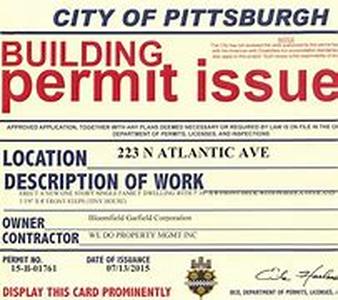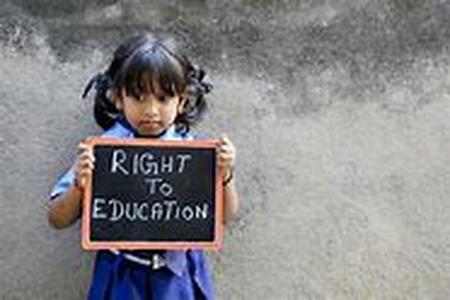
There Are About One-hundred-thirty-one Banks In Existing Today, Despite The Many Closures During The Start Of 1997. Originally, There Were Over Two Hundred Banks In The Country, The Number Being Significantly Owed To A Rather Low Entry Investment To Open A Bank In ; It Is Actually The Lowest In All Of . However, Since The Asian Financial Collapse In 1997, The A Lot Of Banks In Indonesia Have Been Closed And Sold, Including The September 5th 2006 Selling Of The Remaining Twenty-six Percent Stake Of Its Eight-biggest Banks By Assets, The Bank Permata.Regardless Of The Many Closures, The Countrys Central Bank Still Thinks That The Existing Number Of Banks In Is Still Too Many, And Is Specifically Eager On Consolidating The Bigger Ones. So Far, Has For Big Banks Qualified As Regional Contenders Which Include Bank Mandiri, Bank Central Asia, Bank Negara, And Bank Rakyat.Bank MandiriThis Bank Is S Largest Bank By Assets, Deposits, And Loans. It Has About Two-hundred-fifty Trillion Assets As Of 2005, With A Capital Adequacy Ratio Of Twenty-three Percent, Return On Equity Of 10.5 , And Return On Asset Of 1.6. As Of March 2005, Bank Mandiri Has Eight-hundred-twenty-nine Branches Stretched Across Three Diverse Indonesian Time Zones, As Well As Six Branches Outside The Country. The Bank Also Has Approximately Two-thousand-five-hundred ATMs.Bank This Indonesian Bank Was Founded On ; It Was Not Exempted From The Tremendous Impact That The Asian Monetary Crisis Brought In 1997, Particularly To Its Cash Flows Which Even Threatened The Banks Survival. The Bank Sought The Assistance Of Its Indonesian Government And In 1998 The Indonesian Banking Restructuring Agency Took Over Management Of The Bank. That Same Year, Full Recovery Of The Bank Was Accomplished And Third-party Funds Were Brought Back At A Pre-crisis Level. Afterwards, The Bank Central Asia Made A Big Step By Going Public.Bank RakyatThis Is Among The Biggest Banks In , Specializing In Microfinance And Small Scale Style Borrowing And Lending To Its About Thirty Million Retail Clientele Through Its More Than Four-thousand Branches, Rural Service Posts, And Units. It Is Presently Seventy-percent Government Owned.s Central Bank Has Phased More Precise Capital Requirements By 2010, To Encourage Mergers, As Well As Banning Anyone From Possessing More Than Twenty-five Percent Controlling Stake In More Than One Bank. The Government Is Also Subject To This Policy And So They Would Either Have To Merge Or Sell Some Of Its Controlled Banks In .





